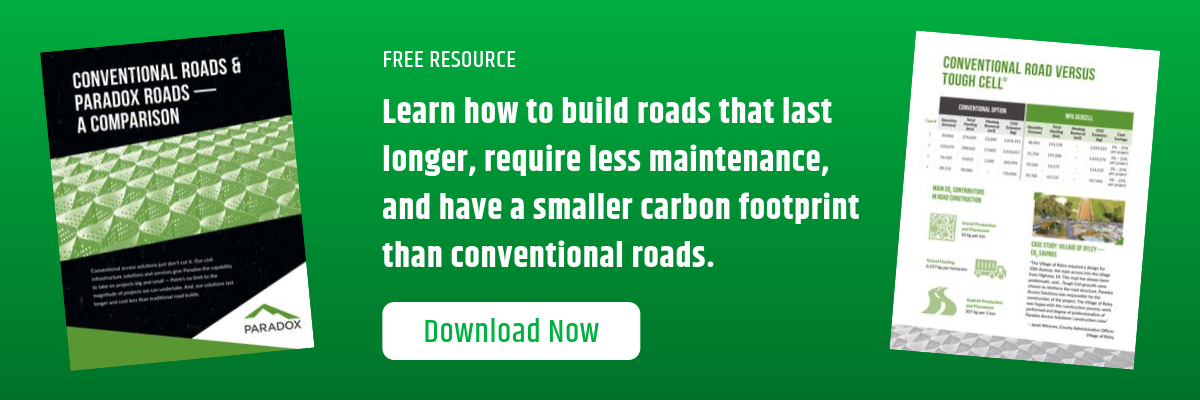For most of us, streets are prolonged stretches of pavement that serpentine through the countryside and maintain our cities arranged in neat grids. But – as with anything at all – there is a ton additional going on beneath the surface.
 Across the earth, the composition and compactness of the ground varies wildly:
Across the earth, the composition and compactness of the ground varies wildly:
- In and concerning municipalities, asphalt is laid atop the infrastructure that keeps urban spots cleanse and linked.
- In rural locations, the place infrastructure is a lot significantly less widespread, gravel and filth streets are vulnerable to deterioration.
- In distant places, ground problems can be so soaked, unstable, or impassable — that it might be a obstacle to construct a highway of any form in the to start with position.
Regardless of how and the place a road is made — irrespective of whether it is a short term accessibility road to provider oil and fuel things to do, or a long term, paved household highway — all streets are in a constant cycle of becoming constructed, maintained, fixed, and replaced… and this is no affordable endeavour.
 The value of maintaining Canada’s public roadways
The value of maintaining Canada’s public roadways
Consider, for example, the federal government’s latest announcement to allocate $159 million for the improvement of approximately 9.4 kilometres of highway in British Columbia’s inside region.
This is a big economic dedication for a somewhat compact part of road — not to point out the massive portions of finite methods needed. And, we have not even touched on the carbon emissions that could be produced from the common roadbuilding techniques generally employed in this type of challenge.
When you think about that there are much more than one million kilometres of roadways in Canada that will all have to have upkeep, repairs, and substitute at some level — the significance of escalating our roads’ top quality and longevity becomes crystal obvious.
So, how can we go on to evolve our building methods so roadways last for a longer time, while reducing the environmental influence on the land our streets go by?
At Paradox, we’ve been acquiring solutions that handle this situation considering that 2009. Our matting and Tough Cell® answers offer added benefits that considerably surpass those people of regular highway design. We engineer roads that very last up to 20 many years prior to needing to be replaced, and for each individual extend of road we develop, we can provide accurate measurements of carbon discounts.


